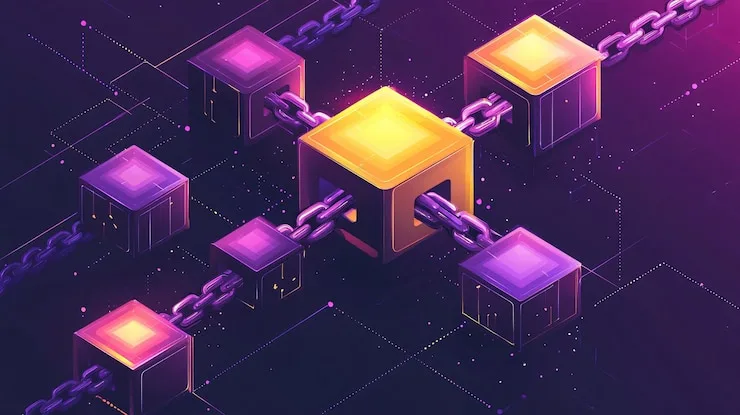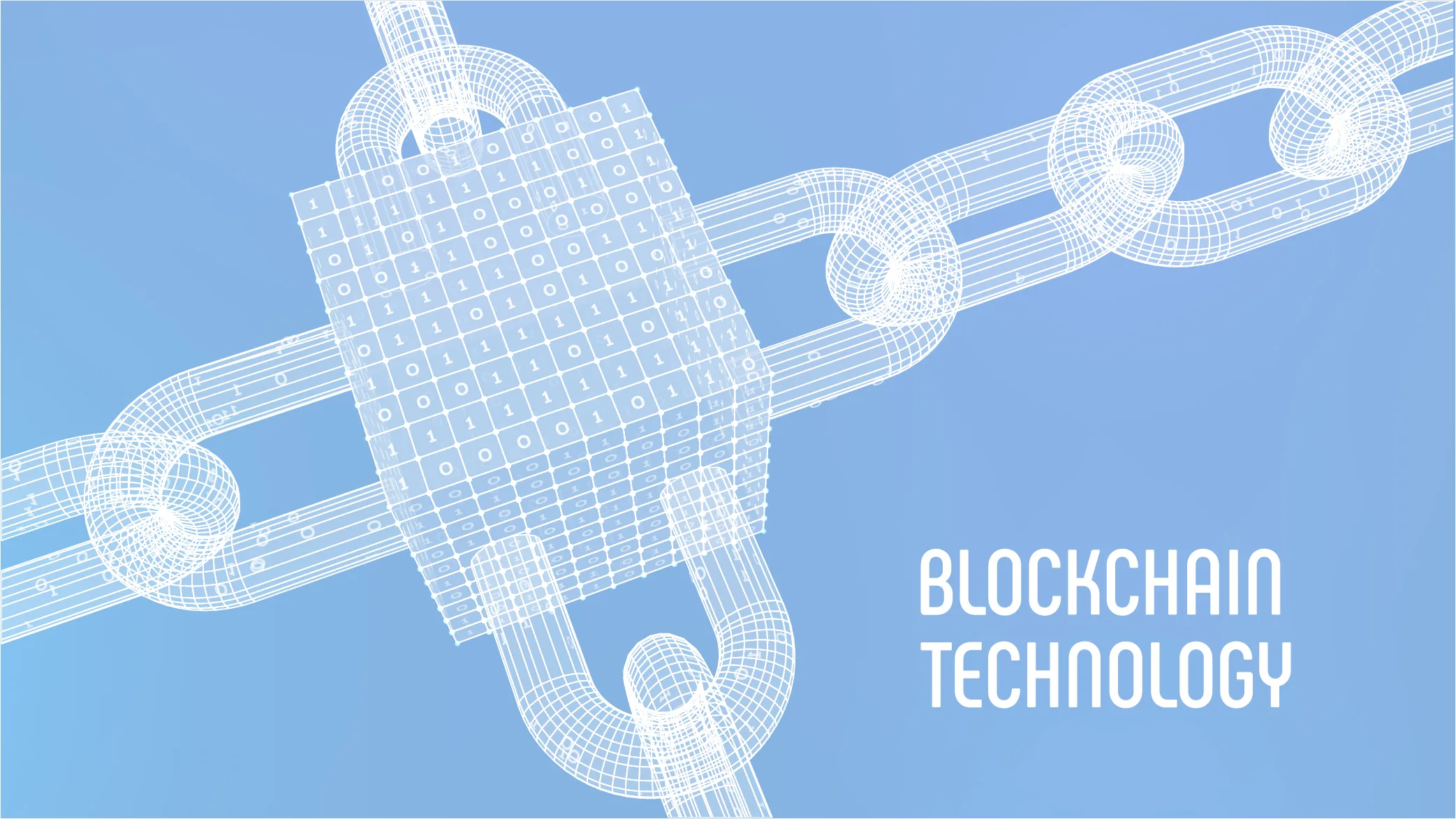- How Is Blockchain Used for Digital Ownership: 10 Transformative Ways Shaping the Future of Digital Assets
- Understanding Digital Ownership in the Modern Age
- The Role of Blockchain in Redefining Ownership
- Top Applications of Blockchain in Digital Ownership
- 1. Non-Fungible Tokens (NFTs) and Digital Collectibles
- 2. Digital Art and Intellectual Property Rights
- 3. Virtual Real Estate and Metaverse Assets
- 4. Gaming Assets and Play-to-Earn Economies
- 5. Decentralized Identity Management
- 6. Digital Certificates and Academic Credentials
- 7. Supply Chain Ownership and Authenticity Tracking
- 8. Tokenized Real-World Assets (RWAs)
- 9. Data Ownership and Monetization
- 10. Smart Contracts for Automatic Ownership Transfer
- Benefits of Blockchain-Based Digital Ownership
- Key Challenges and Limitations
- The Future of Digital Ownership with Blockchain
- Frequently Asked Questions
- Conclusion: The Path Toward True Digital Ownership
How Is Blockchain Used for Digital Ownership: 10 Transformative Ways Shaping the Future of Digital Assets
In an increasingly digital world, ownership has taken on a completely new meaning. From digital art to in-game items, intellectual property to online identities — everything can now be owned, transferred, and traded digitally. But how can we prove ownership in a space that exists only in bits and bytes?
This is where blockchain technology steps in — a revolutionary system that ensures authenticity, transparency, and true ownership of digital assets. In this article, we’ll explore how blockchain is used for digital ownership, uncovering its applications, benefits, and future potential.
Understanding Digital Ownership in the Modern Age
What Is Digital Ownership?
Digital ownership refers to having control and rights over digital assets such as photos, documents, music, videos, art, or even virtual land. Unlike physical items, digital assets can be easily copied or altered — making ownership verification a challenge.
In traditional systems, ownership is often defined by centralized platforms (like social media or gaming companies). However, in such setups, users don’t truly own their digital items — they merely have access under certain terms and conditions.
Why Traditional Digital Ownership Models Fail
Centralized models rely on third-party intermediaries. If a platform shuts down, your access to those digital assets disappears too. Moreover, the risks of data breaches, manipulation, and censorship remain high.
Blockchain eliminates these vulnerabilities by distributing ownership records across a decentralized network — ensuring that no single entity has the power to alter or revoke ownership data.
The Role of Blockchain in Redefining Ownership
Core Principles of Blockchain Technology
Blockchain is a distributed ledger that records transactions in a secure, immutable, and transparent manner. Each transaction or “block” is cryptographically linked to the previous one, creating a chain that’s nearly impossible to alter retroactively.
Its key principles — decentralization, transparency, and immutability — make it ideal for establishing proof of ownership.
How Blockchain Ensures Transparency and Security
Blockchain operates on consensus mechanisms such as Proof of Work (PoW) or Proof of Stake (PoS), which prevent tampering and fraud. Since ownership records are publicly verifiable, users can confirm asset legitimacy without relying on centralized authorities.
Every asset tokenized on the blockchain carries a unique digital signature, verifying authenticity and enabling traceable ownership history.
Top Applications of Blockchain in Digital Ownership
1. Non-Fungible Tokens (NFTs) and Digital Collectibles
NFTs represent unique digital items verified on the blockchain. From art to music, these tokens enable creators and collectors to establish undeniable ownership. For example, owning an NFT of a digital artwork means you hold a blockchain-verified certificate of authenticity.
2. Digital Art and Intellectual Property Rights
Artists have long struggled with piracy and unauthorized distribution. Blockchain solves this by timestamping each artwork, proving original creation and ownership. Platforms like OpenSea and Foundation leverage blockchain to protect artist rights.
3. Virtual Real Estate and Metaverse Assets
In the metaverse, virtual land parcels are bought, sold, and developed — just like in the physical world. Through blockchain, these parcels are represented as verifiable digital assets, ensuring ownership permanence even across platforms.
4. Gaming Assets and Play-to-Earn Economies
Blockchain gaming introduces interoperable assets — players can trade or use items across different games. Unlike traditional games, players own their in-game items as NFTs, creating real-world economic value.
5. Decentralized Identity Management
Blockchain allows users to own and control their digital identities without relying on third parties. Instead of giving personal data to social media companies or online platforms, individuals can store and share verified credentials through self-sovereign identity (SSI) systems.
These blockchain-based IDs empower users to choose what information to disclose, enhancing privacy and reducing identity theft risks.
6. Digital Certificates and Academic Credentials
Educational institutions are now issuing digital diplomas and certifications on the blockchain. These verifiable records can’t be forged or altered, helping employers confirm authenticity instantly.
For instance, the Massachusetts Institute of Technology (MIT) issues blockchain-based diplomas, proving how this technology is transforming trust and verification in education.
7. Supply Chain Ownership and Authenticity Tracking
Blockchain ensures end-to-end traceability of goods and assets in the supply chain. Each transaction — from manufacturing to delivery — is recorded on a transparent ledger.
This system helps brands verify product authenticity, combat counterfeiting, and improve accountability. Companies like IBM and Walmart already use blockchain for supply chain transparency.
8. Tokenized Real-World Assets (RWAs)
Real-world assets like property, art, and even gold can be tokenized — divided into smaller digital tokens that represent fractional ownership. This democratizes investment opportunities, allowing people to own shares of valuable assets without full capital.
Tokenization also increases liquidity in traditionally illiquid markets like real estate.
9. Data Ownership and Monetization
One of blockchain’s most powerful use cases lies in data ownership. Today, big tech companies profit from user data without compensation. Blockchain enables users to store, share, and even sell their data directly, receiving fair value in return.
Projects like Ocean Protocol and Brave Browser are pioneering this data economy, giving control back to users.
10. Smart Contracts for Automatic Ownership Transfer
Smart contracts are self-executing agreements encoded on the blockchain. They trigger actions automatically once pre-set conditions are met — such as transferring asset ownership upon payment confirmation.
This removes the need for intermediaries, reducing costs, errors, and delays in ownership transactions.
Benefits of Blockchain-Based Digital Ownership
Enhanced Transparency
Every blockchain transaction is visible to all participants, ensuring complete transparency. Anyone can verify the authenticity and ownership history of a digital asset in real time, eliminating disputes.
Reduced Fraud and Counterfeiting
Blockchain’s immutable ledger makes it nearly impossible to alter or forge ownership data. This is vital in industries like art, luxury goods, and digital collectibles, where authenticity defines value.
Global Accessibility and Inclusion
Blockchain breaks down geographic barriers, enabling users from anywhere to own, trade, and transfer assets without intermediaries. It promotes financial inclusion, especially for those without access to traditional banking systems.
Long-Term Value Preservation
Because blockchain data is permanent and decentralized, it guarantees long-term preservation of ownership records — even if a platform ceases to exist. This durability ensures that digital assets retain value over time.
Key Challenges and Limitations
Scalability and Energy Consumption
Early blockchain networks like Bitcoin and Ethereum have struggled with scalability and energy efficiency. Although newer solutions (like Layer 2 and Proof of Stake) are emerging, widespread adoption remains a challenge.
Legal and Regulatory Concerns
Legal frameworks around digital ownership and NFTs are still evolving. Issues like copyright, taxation, and intellectual property laws need clearer global standards to support blockchain’s growth.
User Adoption and Technical Barriers
Blockchain interfaces can be complex for beginners. Wallet management, private keys, and transaction fees can deter mass adoption. Improving user experience (UX) and education is crucial to bridge this gap.
The Future of Digital Ownership with Blockchain
Integration with AI, IoT, and Web3
The fusion of blockchain with Artificial Intelligence (AI) and the Internet of Things (IoT) will create a new era of intelligent, interconnected ownership systems.
For instance, IoT devices can record ownership and performance data on blockchain, while AI can manage and optimize asset use automatically.
Cross-Platform Interoperability
In the near future, blockchain standards will allow seamless ownership transfer across different networks and platforms. This will help create unified ecosystems where digital assets, NFTs, and tokens work together fluidly.
Mass Adoption and Standardization
As blockchain becomes more user-friendly and regulations mature, mass adoption will accelerate. Governments and corporations are already exploring national digital identity systems and blockchain-backed records.
When standardization arrives, digital ownership will become as natural as owning a house deed — verifiable, secure, and fully transferable.
Frequently Asked Questions
Conclusion: The Path Toward True Digital Ownership
Blockchain is not just a technology — it’s a paradigm shift in how we define ownership in the digital era.
By removing intermediaries and establishing trust through decentralization, it empowers individuals and creators to truly own their digital assets.
As blockchain continues to evolve alongside AI, IoT, and Web3, it will unlock new possibilities for security, transparency, and global participation.
Digital ownership is no longer a futuristic concept — it’s already here, and it’s changing the fabric of the digital economy forever.
To learn more about blockchain technology and its applications, visit IBM Blockchain Overview.




Discussion (0)